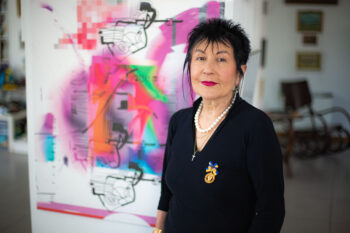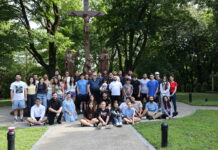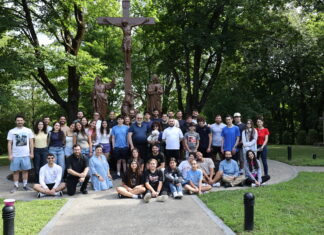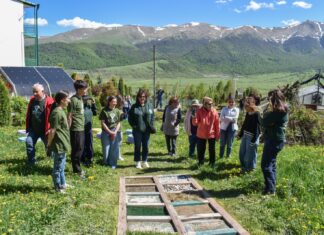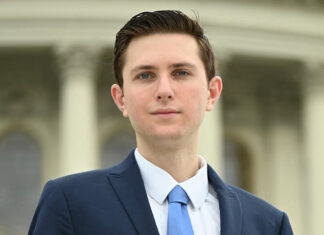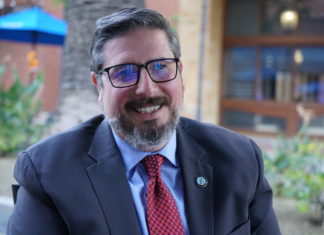By Aram Arkun
Mirror-Spectator
(This is the second and final installment of a story on the arrival and integration of Armenians from Azerbaijan in the US.)
NEW YORK — Liana Gazarian, who arrived in August 1994 in the US, stated that there probably were a maximum of around 200 Armenians in Bowling Green, Ky., which has a total population of 68,000. They arrived starting in the early 1990s, and some came as late as five or six years ago. At present, only about 150 Armenians remain. There is little for teenagers to do there, and many Armenians moved away.
It was a good place initially for immigrants, as it was not as confusing as large American cities, and there were people from the refugee settlement programs to help them. Gazarian said, “Coming to Bowling Green to me looked like heaven. I never felt isolated. I never complained. If you are alive and God saved you and did not let you get killed, you should appreciate what you have.” Interestingly, when Gazarian arrived in 1994, among the prior immigrants “they only had one lady who was a Russian speaker and knew some English, but otherwise we had to communicate with hand signals and otherwise.” It is a friendly place. Gazarian continued: “We know all our neighbors. It is like Armenia. They come to our house, we go to their houses. They take our kids with them and we take their kids.”
Employment was available, though at a much lower level than the education of the refugees, many of whom were engineers, teachers and doctors, would warrant. Gazarian said, “We had to work in the factory. There were furniture factories, and some other places, where they build motors. There were also chemical factories, for detergents and other chemical products. My husband was a civil engineer in Azerbaijan and he started working in construction. It’s hot, sometimes hotter than 100 degrees in the summer time. He started working outside and they gave him simple jobs. He started from scratch, getting minimum wage.” Gazarian was pregnant and though they were living in a government apartment, getting some food stamps and welfare assistance, it was not enough. She began to work in a day care center, while her husband, after working for the city, eventually was able to start his own business. They were able to buy their own house in 1998.
Bowling Green is about 45 minutes from Nashville, the large metropolis in the region. The Armenians have a mission parish in Franklin, a little outside of Nashville. Gazarian estimates that there are perhaps 500-600 Armenians in the Nashville area, including at least 40 families of Armenians from Azerbaijan there (an estimate shared by Fr. Tateos Abdalian). Less than one third of the Azerbaijani-Armenians in Nashville participate in the church. However, the ones that do feel particularly close to one another.
